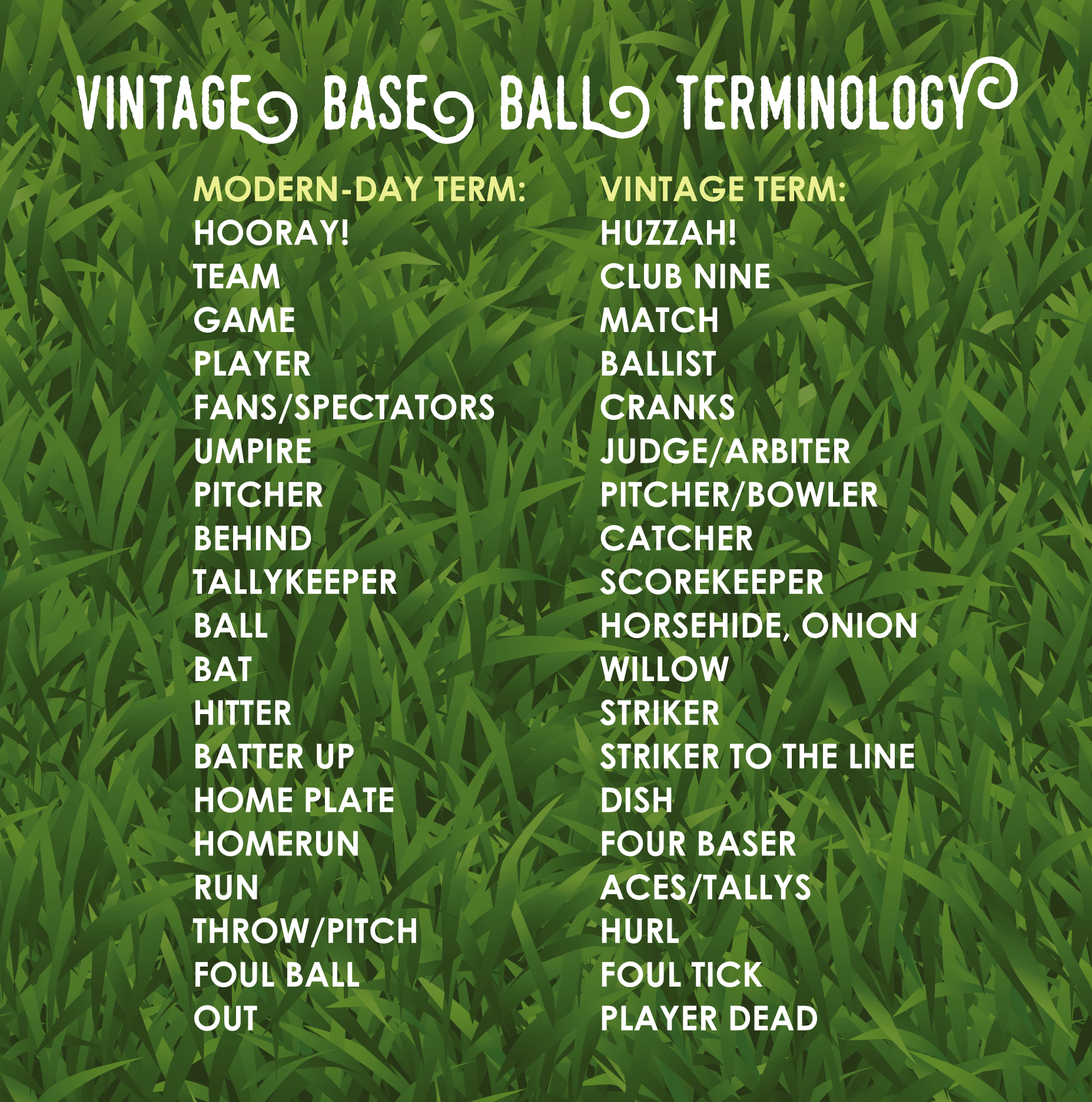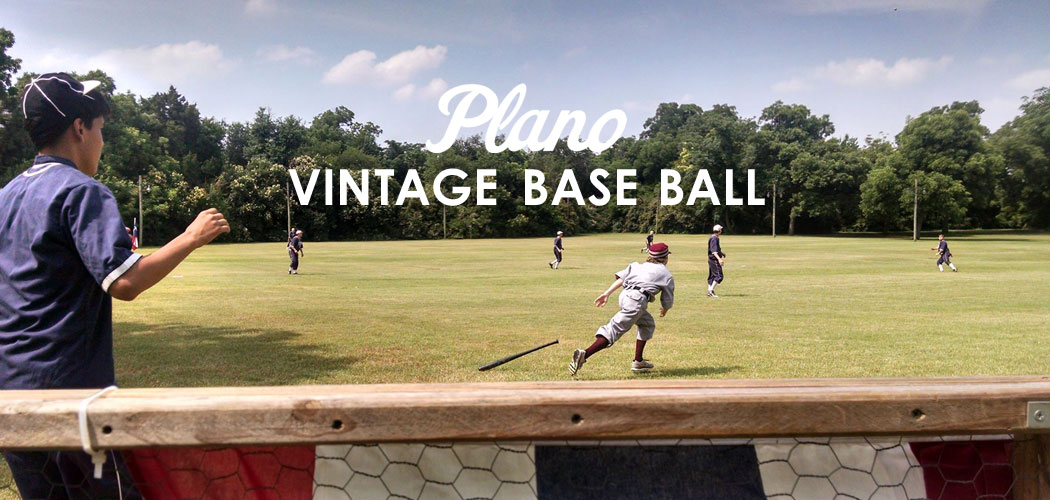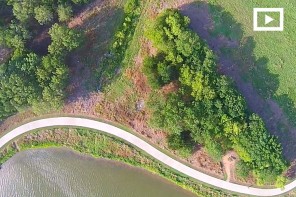On a green pasture a group of nine people in blue uniforms take up their positions. Their formation looks similar to the players on a baseball field. Except on this field there are no pitcher’s mound, dirt infield, dugouts or stands for spectators.
On one end of the pasture a man in a gray wool uniform and maroon cap paces intently with a bat on his shoulder. Behind the man with the bat stand a barn, a cabin and a gentleman who appears to be in charge. However he’s not dressed like an umpire but nattily attired in a top hat, vest and tie. On the opposite end of the pasture there is no outfield fence, just a line of trees leading into the woods.
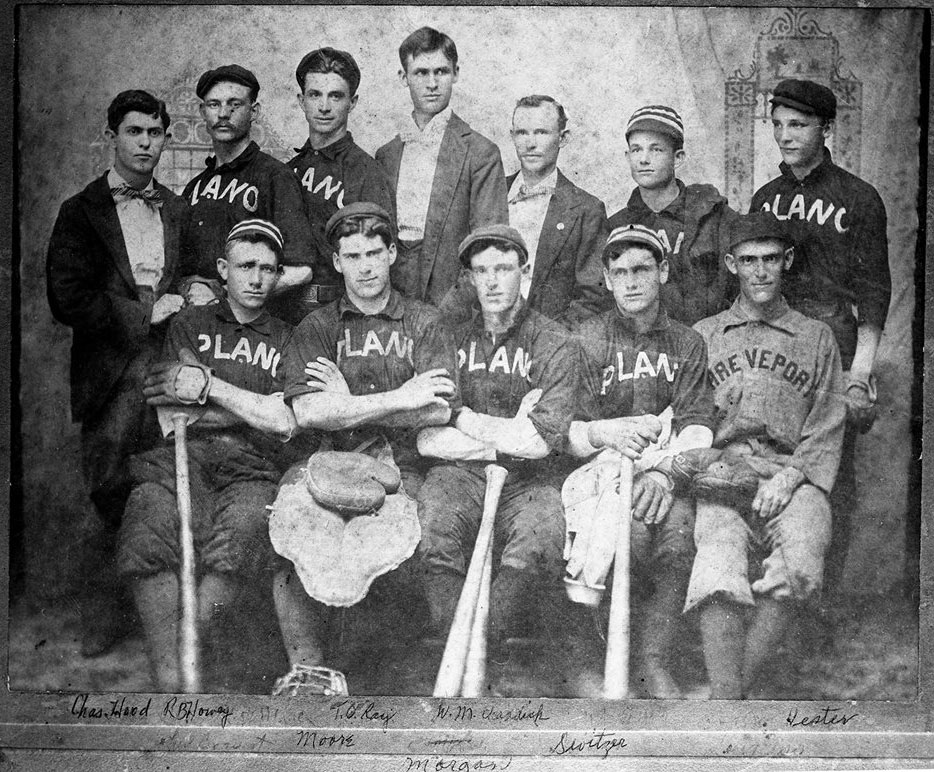
Suddenly the man in the top hat (the Judge) bellows “Striker to the line!” and the game is afoot. The game (or match) looks very similar to baseball but with a few differences: The pitcher (or bowler) throws underhanded as in a softball game, none of the field players (or ballists) wear gloves and an out is called when the ball is caught after the first bounce. When a ballist scores a run (or tally) his teammates yell out a hearty “Huzzah!” The game they are playing is not baseball as we know it today, but the game of base ball in its original form–when base ball was two words. (Sportswriters would condense the name to baseball in the late 1800s.)
Today, vintage base ball is part athletic competition and part living history, like a reenactment at the Alamo. The game is played by the rules of base ball in the 1860s, long before there were ballparks or stadiums. Participants play in period uniforms, use period terms and have nicknames like Pepper, Cornbread or Cactus. Spectators who attend a game can enjoy a friendly competition and also learn about the origins of America’s favorite pastime and how the game evolved over time.
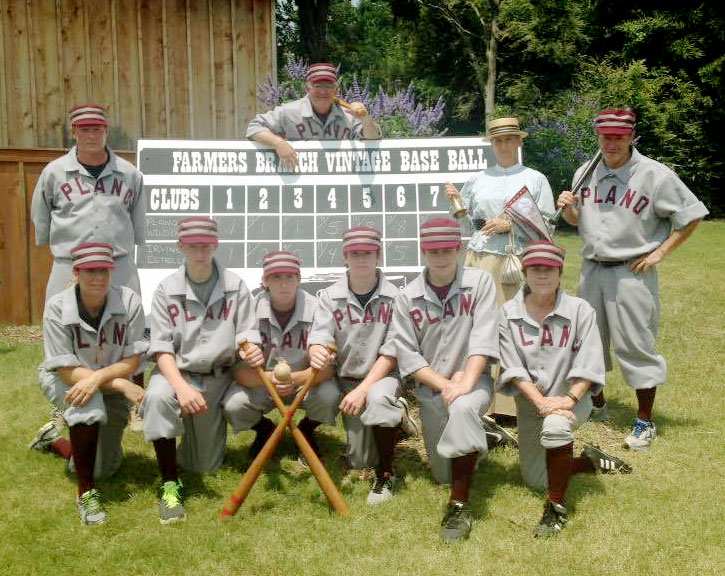
For instance, in vintage base ball a batter is out when the ball is caught after the first bounce. Barehanded, it is much easier to catch a ball on a bounce than in the air. Back in the early days of base ball, catching the ball on one bounce became commonplace. Fans (or cranks) began to heckle the ballists by calling them Muffins for making the easier play. This led to a rule change that only balls caught on the fly would be counted as outs. Catching a fly ball barehanded can really sting, so this rule led to the addition of a baseball glove.
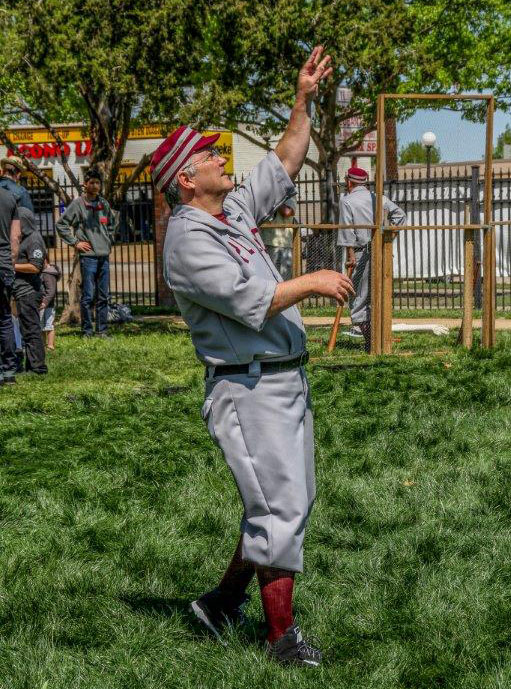
Vintage base ball has become quite popular, with almost 500 teams in the United States and Canada. Here in the metroplex there are vintage teams in Farmers Branch (the Mustangs), Carrollton (the Elite), Irving (the Estelle) and Rockwall (the Retros). Recently the Heritage Farmstead Museum and the Plano Conservancy for Historic Preservation have partnered to start a team in Plano. The Plano Cats will make their 2016 debut at the Farmers Branch Historical Park’s Base Ball Festival on April 2nd.
The Plano Cats are currently looking for ballists to join their team for the April 2nd festival and for other games throughout the year. The team is open to males and females, 18 and over. No previous experience is necessary. It’s all about having a good ol’ time.
If you are interested in joining the team, please email jcampbell@planoconservancy.org.
